Best Soil Tor Tomatoes: How To Cultivate The Perfect Blend & Add Amendments For A Bountiful Harvest
Give your tomato plants the foundation they need. Learn how to mix the ideal soil and choose the right amendments for your most abundant harvest yet.
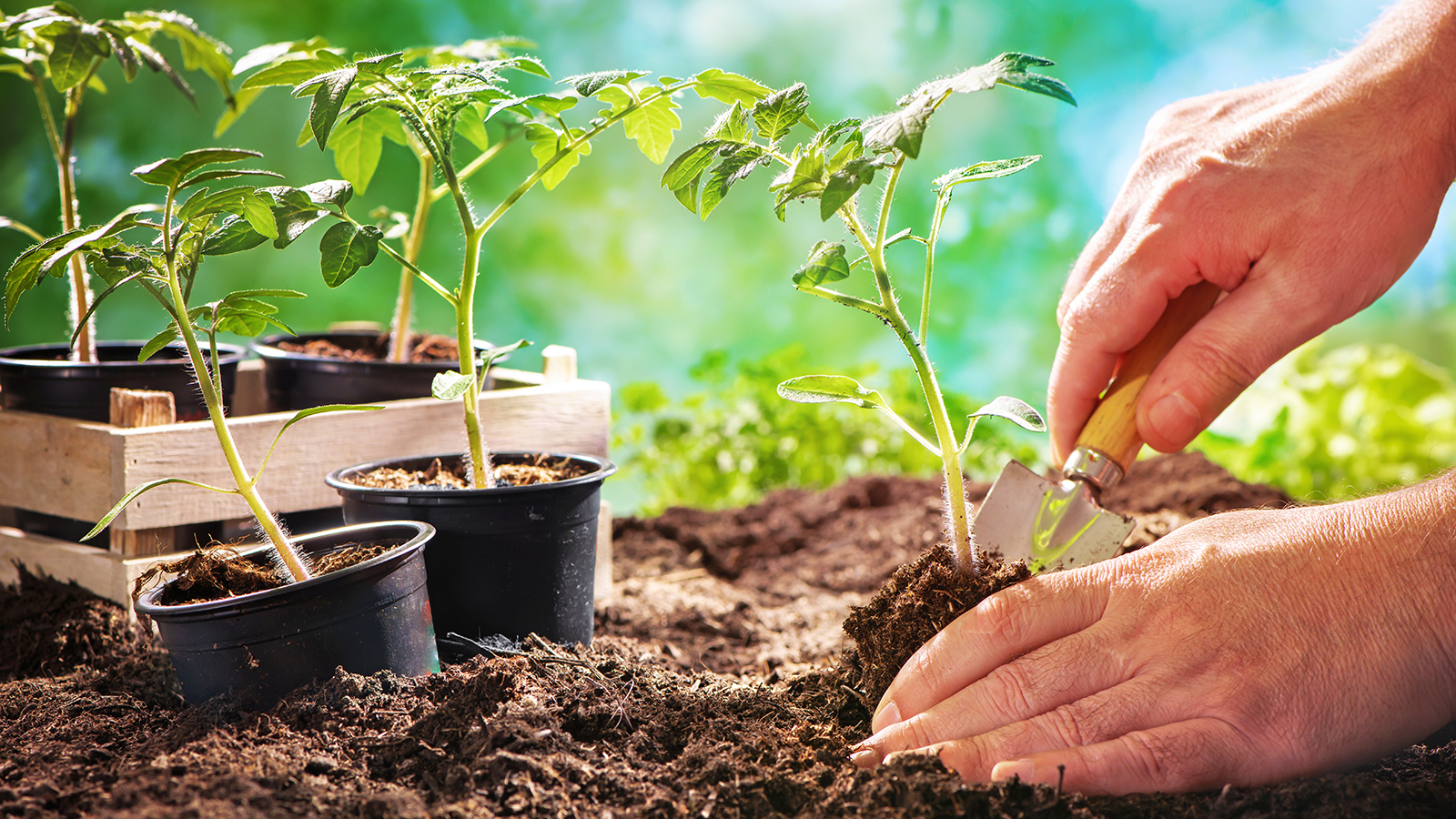
The importance of preparing soil for tomatoes should not be underestimated. Soil is one of the building blocks of healthy plants and fruit. The best soil for tomatoes should be well-draining, nutrient-rich, and slightly acidic. These qualities will encourage root development, increase nutrient uptake, and suppress disease.
Before planting tomatoes in the ground, you need to prepare the soil by mixing in organic matter and possibly other amendments to provide a favorable structure and add nutrients. Growing tomatoes in containers provides the opportunity to create a customized potting mix.
If you want to learn how to grow tomatoes like a pro, then the soil is a good place to start. Get the foundations right, and success will more easily follow.
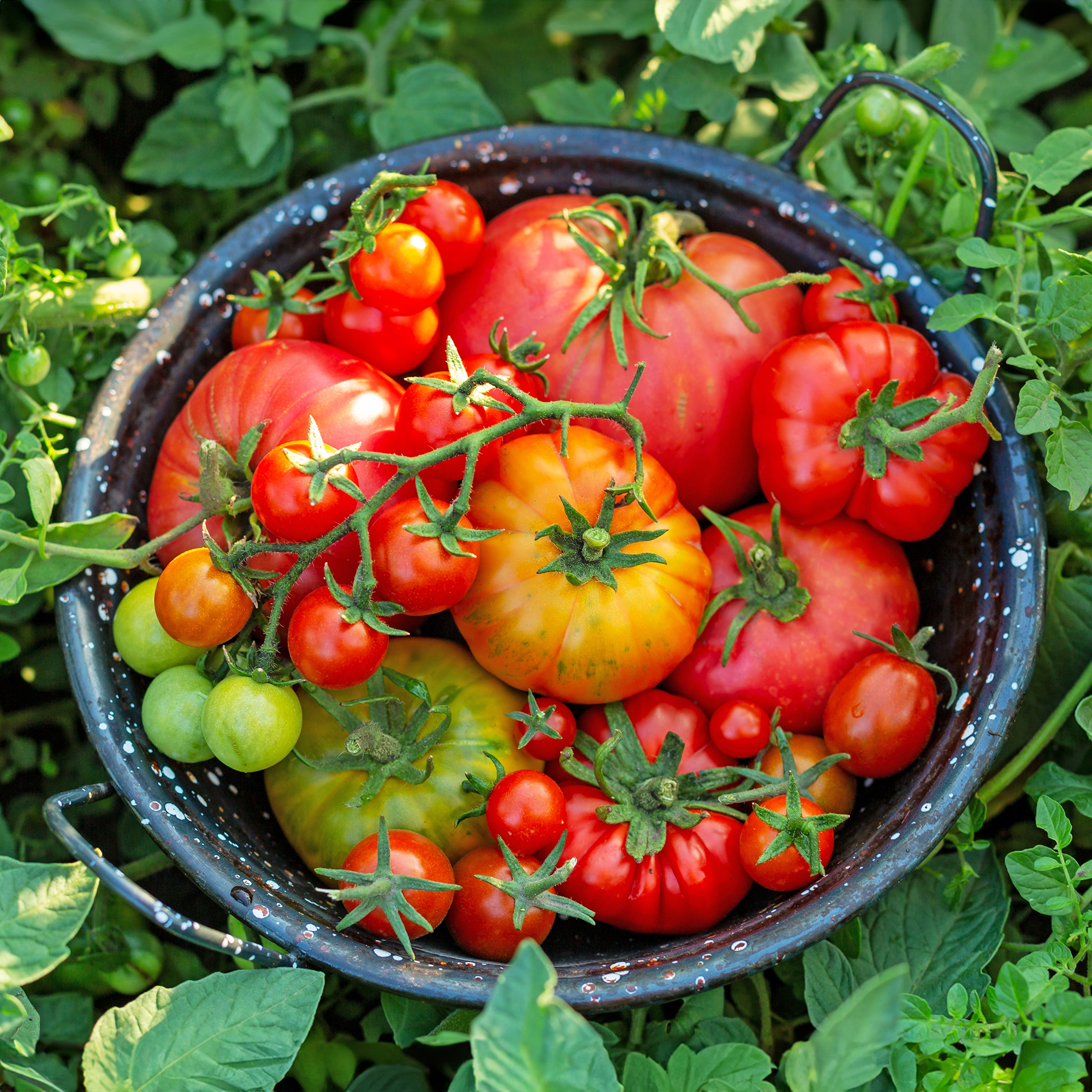
Browse the best tomato seed varieties, perfect planters, growing kits, seed-starting kit, and stylish accessories in the Gardening Know How Shop.
What is the Best Soil for Growing Tomatoes?
When growing tomatoes, aim for a well-draining loam soil to sandy loam with excellent drainage. Do not plant in heavy clay soil as it will squelch root development and retain too much water, fostering fungal diseases.
Ideally, the soil should be nutrient-rich rich although you need to be careful about high nitrogen levels, which will only facilitate foliage growth and not fruit production.

Do Tomatoes Like Acidic Soil?
Tomatoes like a slightly acidic soil with a pH of between 6.2 to 6.8. Much more acidic, and the plant will have a hard time taking up nutrients. Testing the soil pH can help determine whether any amendments are required to make the soil more or less acidic for tomatoes.
Testing the Soil
A soil test is an essential part of garden maintenance. You have two options: DIY kits or lab testing. Your local extension service may handle testing for a nominal fee, which often corresponds to how much information you want. The organic content, soil pH, and a list of nutrient deficiencies are fairly common, but if you want to know about heavy metals, for instance, this may require further testing and cost.
Gardening tips, videos, info and more delivered right to your inbox!
Sign up for the Gardening Know How newsletter today and receive a free copy of our e-book "How to Grow Delicious Tomatoes".
Otherwise, you can perform a visual inspection of the soil on your own. Feel the soil to check for a crumbly, loamy texture, which is good for tomatoes. Also, stick your finger down into the soil to check if it is moist. You can buy a soil pH and moisture tester inexpensively from Amazon.
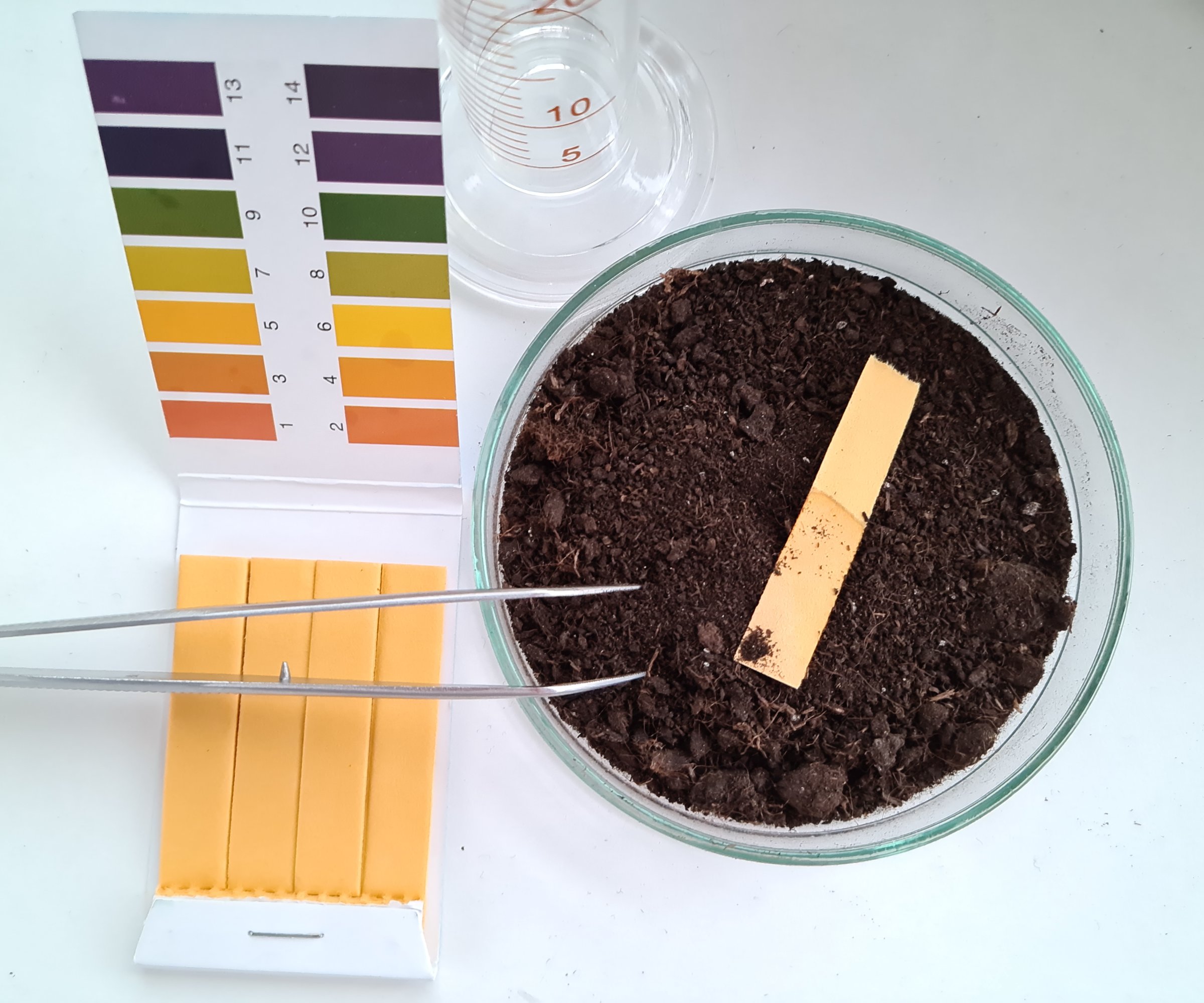
How to Improve Soil for Tomatoes
In order to improve the soil for tomatoes, you will need to add amendments such as compost, fertilizer, and sand. What amendments are needed depends on the results of your soil test:
- If you have heavy clay soil, lighten it up by incorporating compost. To improve drainage, mix in sand or perlite.
- To improve fertility, work in well-aged compost or manure, worm castings, or fertilizer. The best fertilizer for tomatoes is a slow-release organic product that is high in phosphorus.
- To balance your pH levels, you can add lime to raise the pH or incorporate sulfur to lower the pH of alkaline soil. However, it can take months to make a significant difference to soil pH, so if your pH is very high or low, opt for growing tomatoes in raised beds or containers.
If your soil test has highlighted nutrient deficiencies, take steps to correct them:
- The inclusion of crushed eggshells, bone meal, or gypsum will improve calcium content. In addition, side-dressing your tomato plants each month with calcium nitrate will help prevent blossom end rot and foster faster growth and productivity.
- Magnesium can be boosted by working in Epsom salts as needed.
- Nitrogen content can be improved by working in blood meal or well-aged manure
- Phosphorus, responsible for healthy root systems and flowering, can be improved by adding bone meal or rock phosphate.
Best Soil for Containers & Raised Beds
The best soil for tomatoes in containers or raised beds needs some special consideration. Soil in containers tends to become compacted and can either dry out too quickly or retain too much water. So, a good medium is a must, but so are adequate drainage holes.
This means you want a good quality potting mix that is well-draining and probably soilless. You can make your own DIY potting mix using a combination of ingredients such as coco coir, perlite, vermiculite, peat moss, and homemade compost.
Raised bed tomato soil should be rich in nitrogen and well-draining, along with amendments such as compost, blood meal, and crushed eggshells.
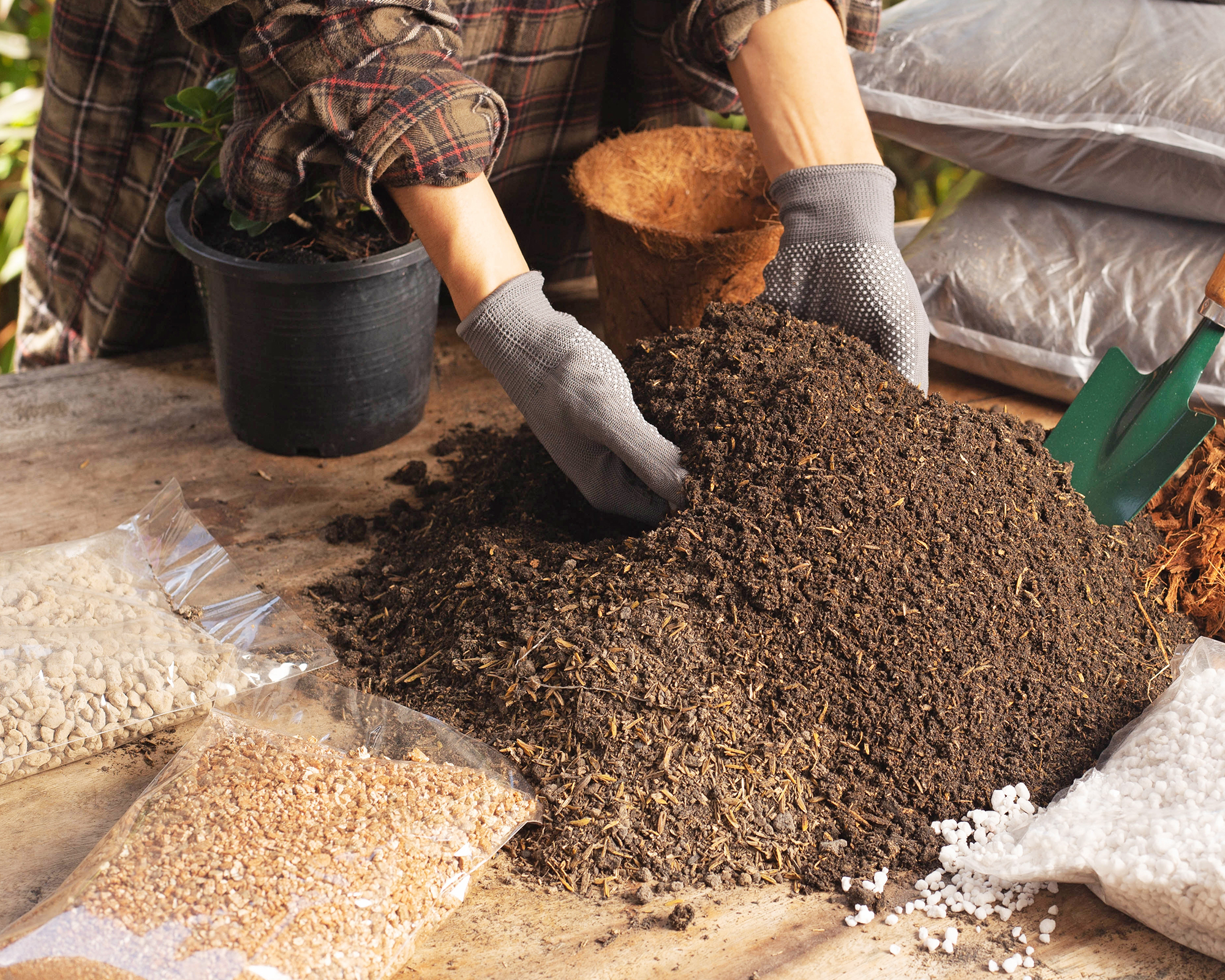
How Deep Does Soil Need to be for Tomatoes?
A container should be filled at least 12 inches (30cm) deep with potting mix to accommodate the tomato plant's roots. Raised beds should be filled at least 15 to 18 inches (38 to 46cm) deep.
What to do with Soil After Growing Tomatoes?
Once your tomatoes are done for the season, you can reuse the soil the following year. However, it is best to practice crop rotation and plant a crop that is not in the nightshade family. Before planting the new crop, mix in fresh compost to restore the nutrients used by the tomato plant.
More Tomato Growing Inspiraiton
- Discover the 8 perfect flowers to plant with tomatoes to boost yields and banish pests.
- Browse vegetable seed collections in the Gardening Know How Shop – including the Ultimate Veggie Pizza Garden Seed Collection and the Ultimate Container Seed Collection.
- What's the difference between determinate vs indeterminate tomatoes? And which should you grow in your garden?
- Learn the secrets of growing hydroponic tomatoes for fresh indoor harvests – no soil or mess required!
- Sign up for the Gardening Know How Newsletter and receive a free copy of our e-book How to Grow Delicious Tomatoes.

Amy Grant has been gardening for 30 years and writing for 15. A professional chef and caterer, Amy's area of expertise is culinary gardening.
-
 Want To Know How To Make A Spider Plant Bushier? 4 Secrets For Lush & Bushy Spiders
Want To Know How To Make A Spider Plant Bushier? 4 Secrets For Lush & Bushy SpidersAre you looking for ways to make your spider plant look bigger or more dramatic? Follow these quick and easy tips on how to make a spider plant bushier
By Teo Spengler
-
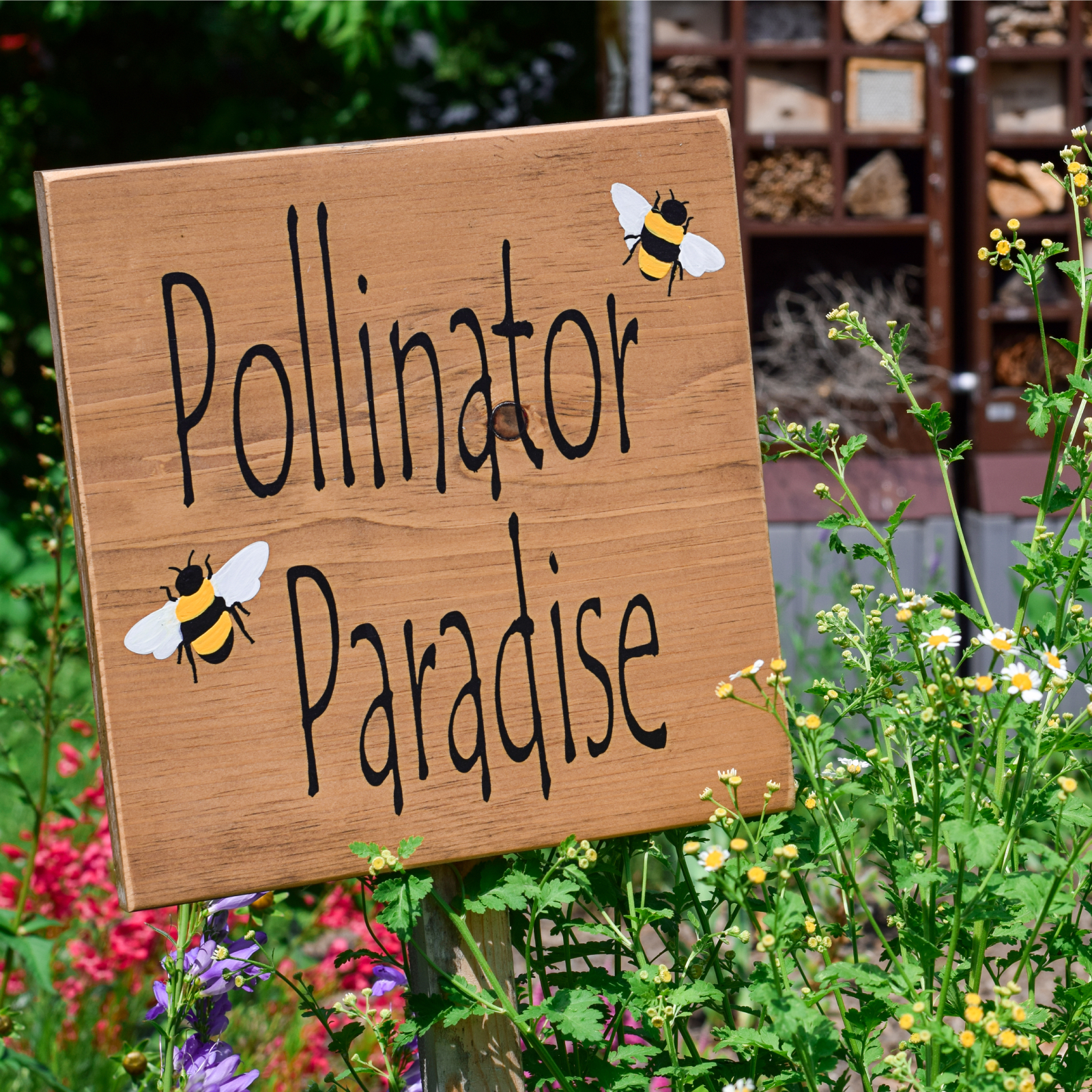 What Is A Pollinator Garden? Grow Gorgeous Blooms While Benefiting Your Local Ecosystem
What Is A Pollinator Garden? Grow Gorgeous Blooms While Benefiting Your Local EcosystemPollinator gardens look great and also provide a diverse ecosystem that benefits your local pollinating insects and animals. Get started today with this guide!
By Bonnie L. Grant